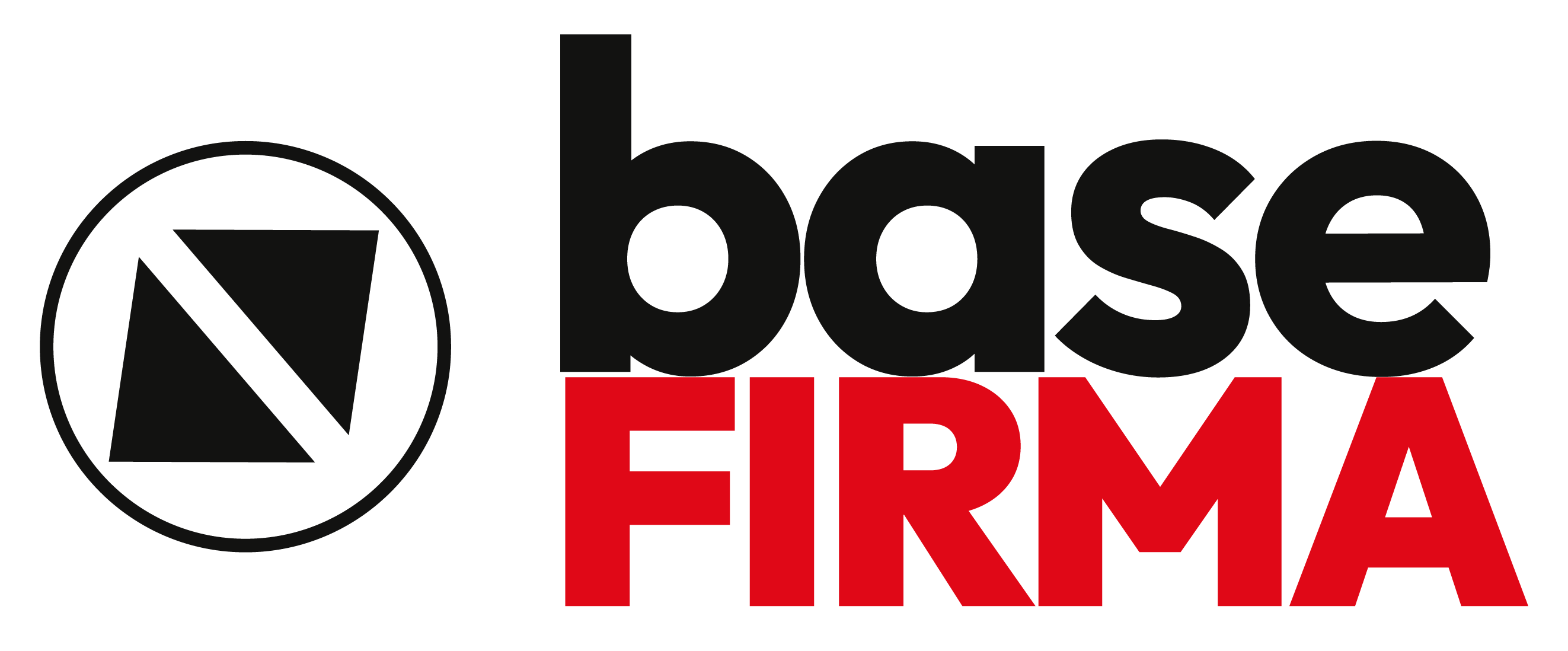The Tax Court Resolution (RTF) No. 06856-1-2024 analyzes how the market value should be determined in an indirect transfer of shares between related parties, and which method is most appropriate according to transfer pricing regulations.
Although this RTF is not new in terms of the Tax Court’s (TC) stance on rejecting the Discounted Cash Flow (DCF) method as a valid transfer pricing methodology—thus deeming it inapplicable for determining market value in transactions between related parties (in this case, the transfer of a company’s shares)—there are some aspects worth highlighting:
1. Audited Period and Application of “Other Methods”. The period audited by the Peruvian Tax Administration (SUNAT) spans from October 2017 to February 2018, during which the possibility of using other methods had already been incorporated (as per numeral 7 of subsection (e) of Article 32-A of the Income Tax Law (ITL) added through DL No. 1312). However, the Tax Court (TC) determined that these methods could not be applied, as the regulations had not yet established their specific content or implementation guidelines.
2. Change in SUNAT’s Audit Criteria. Unlike other cases where SUNAT has determined that the best method for establishing the market value of shares is DCF, this time it selected the Uncontrolled Comparable Price (CUP) as the most appropriate methodology. However, in its analysis, it used the DCF technique. Despite this change in audit strategy, the TC concluded that DCF cannot be applied within the CUP framework, as it does not involve selecting comparable transactions between independent third parties.
3. Challenges Regarding Risk Premiums. During the audit, the taxpayer submitted a valuation report based on DCF, considering, among other factors, two risk premiums:
ü Size risk premium
ü Business activity risk premium
Both were rejected by SUNAT, arguing that the taxpayer had not provided documentary or technical justification for their application.
4. SUNAT and the Business Activity Risk Premium. SUNAT maintains that the risks inherent to the company’s business were already accounted for in
the cash flow projections or other components of the discount rate, such as beta or the market risk premium.
Conclusions and Recommendations
· Until the use of DCF or any of the recently incorporated methods under Article 32-A of the ITL via DL No. 1663 is regulated, the TC will continue to consider DCF invalid for determining market value in share transfers between related parties.
· This situation is paradoxical, as both SUNAT and the taxpayer agree that DCF is the most appropriate method for valuing a company’s shares.
· It would have been interesting to know TC’s position regarding SUNAT’s challenges to the risk premiums. In financial valuation, it is common to apply additional premiums, especially in companies with specific risks or industry-specific characteristics. The most used ones include:
ü Size risk premium
ü Business-specific risk premium (in the analyzed case, referred to as the business activity risk premium)
ü Country risk premium (not challenged by SUNAT in this case)
· Despite regulatory obstacles, companies should not avoid using DCF if they deem it the most suitable method for determining market value. Ideally, financial models that accurately reflect the economic reality of operations should be applied.
· To strengthen valuation, it is recommended to complement DCF with other methods, such as multiples or comparable transactions, with the latter being compatible with the CUP method.
· If the company’s shares are publicly traded, the CUP method based on market prices could be a viable alternative. In that case, comparability adjustments based on the present value of projected cash flows should be evaluated, as established in subsection (e) of Article 110 of the Regulations.
· For the correct application of DCF, it is advisable to document the additional risk premiums used in the discount rate calculation both theoretically and quantitatively, along with any unconventional adjustments in financial valuation practices. Certain specific risks could also be directly incorporated into projected cash flows, introducing variability in projections to reflect the impact of sectoral, regulatory, or macroeconomic risks. In
such cases, simulation techniques (such as Monte Carlo simulations) could be used to model different scenarios and enhance analysis robustness, reducing the need to add premiums to the discount rate.
· It is highly recommended to review valuation reports prepared by corporate headquarters or parent companies with local experts, as these reports may use approaches that SUNAT or the TC may not necessarily accept.
Until the application of the DCF method is properly regulated, it is essential to approach the valuation of share transfer transactions between related parties with extreme caution. The lack of regulatory clarity can generate significant fiscal and financial risks, making specialized advisory services in valuation and transfer pricing crucial to ensuring regulatory compliance and accurate market value determination.
Source
Resolución del Tribunal Fiscal N.º 06856-1-2024 Tribunal Fiscal – MEF
For more information: bruno.rojas@basefirma.com
